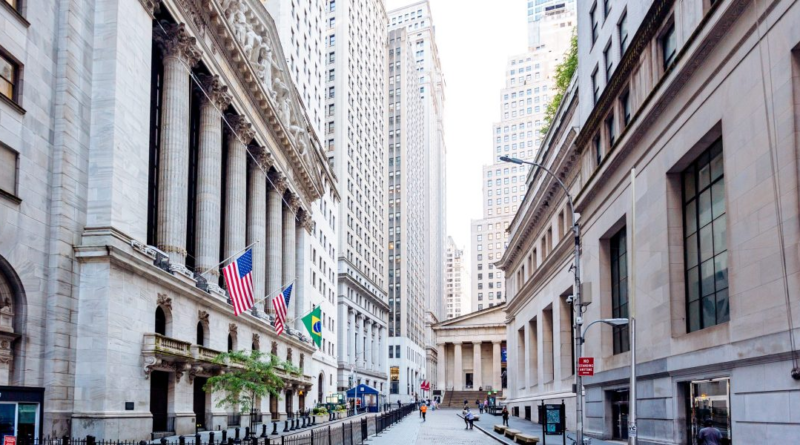Jerome Powell admits that some banks are in trouble with their commercial real estate holdings: 'We do expect that there will be losses'
After announcing its first pause on interest rate hikes since March of last year, Federal Reserve Chair Jerome Powell told reporters that he’s keeping an eye on commercial real estate and watching the situation as it pertains to the banking system “very carefully.”
“There’s a substantial amount of commercial real estate in the banking system; a large part of it is in smaller banks,” Powell told reporters on Wednesday. “To the extent that it’s well distributed, then the system could take losses. We do expect that there will be losses, but there will be banks that have concentrations, and those banks will experience larger losses. So we’re well aware of that, we’re monitoring it carefully.”
Estimates surrounding how much of commercial real estate debt is concentrated within small banks varies, but Goldman Sachs previously suggested that lenders with less than $250 billion in assets account for roughly 80% of commercial real estate loans. Following the bank failures, the focus seemed to shift to commercial real estate, and the sector’s relationship with banks. After all, commercial real estate made up 45% of the loan portfolios at Signature Bank, which went under on the heels of Silicon Valley Bank’s collapse. Still, Powell seemed to think the risk is contained, at least for now.
“It feels like something that will be around for some time, as opposed to something that will suddenly hit and work its way to systemic risk,” Powell said, after stressing that the Fed is aware of the situation and monitoring it closely. Powell later said if conditions tighten enough, that could be factored into the Fed’s rate decisions moving forward.
Everything that’s happening with commercial real estate is because the sector is vulnerable to high inflation and high interest rates, particularly because it’s largely built on debt. So it has become more difficult and expensive for borrowers to get a loan or refinance an existing loan once it matures. As Fortune’s previously reported, the current environment of higher interest rates coupled with tighter lending standards (following the bank failures), will likely result in an increase in delinquencies and defaults.
However, while there are subsectors within commercial real estate that seem to be holding steady (like industrial and multifamily), the office space is the most at risk. That’s because of the lack of demand following the shift to working from home. As Fortune has previously reported, one commercial real estate executive called what’s happening in the office sector “apocalyptical,” claiming that it’s already crashing.
Along the same lines, and in a similar apocalyptic fashion, Morgan Stanley analysts “forecast a peak-to-trough CRE price decline of as much as 40%, worse than in the Great Financial Crisis.” Meanwhile, analysts with Goldman Sachs and UBS tend to suggest that the risk ahead is largely limited to the office sector as it faces rising vacancy rates and falling property values.


